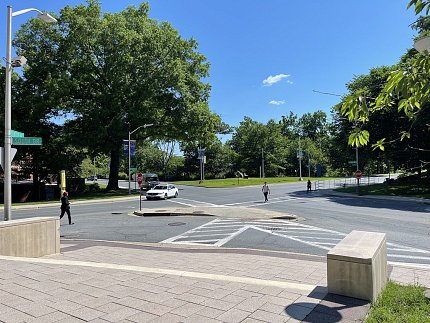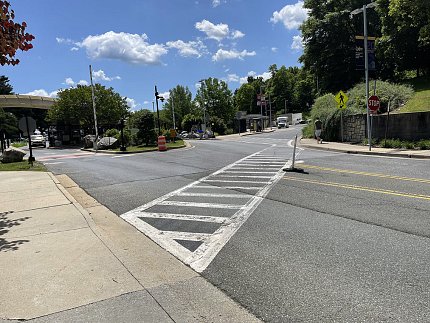Promote Roadway Safety
Drivers, Pedestrians, Cyclists Urged to Practice Caution



As roadways continue to evolve, a combination of education, enforcement and infrastructure improvements can create environments where accidents are minimized and lives are preserved. Ultimately, practicing caution and mutual respect on the roads will pave the way for a safer and more enjoyable campus for all.
